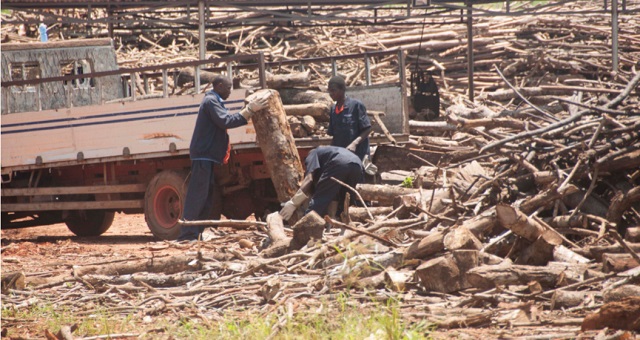
Local industrialists asked to bridge Shs 300bn annual financing gap
Kampala, Uganda | RONALD MUSOKE | Conservationists and industrialists rarely agree on matters regarding environmental conservation but in two rare meetings held in Kampala over breakfast, they both concurred on the need to work together to save the country’s fast declining natural resource base.
Uganda’s natural resources provide the foundation for Uganda’s economy with the government estimating that US$746.6 million (approx. Shs 2.8 trillion) is generated annually from biodiversity related products and services in the fisheries, forestry, tourism, agriculture and energy sectors but, over the years, there has been an unsustainable harvest of these resources.
Juliet Kyokunda, the executive director of the Uganda Biodiversity Fund, an independent conservation trust which is now mobilizing money to preserve and protect Uganda’s key biodiversity areas hosted the two sets of guests on May 21-22.
She said a “meeting of minds” is now necessary if Uganda wants to remain one of the richest biodiversity hotspots in Africa.
“Almost every economic sector in the country relies on the environment and a lot of what the private sector does affects this biodiversity,” she said, “The cost of doing business increases the moment you tamper with the environment.”
Kyokunda said her organization is looking for ways of partnering with local manufacturers to bridge an annual financing deficit which they estimate to be around Shs 300bn.
She explained that the Uganda Biodiversity Fund’s mission is to serve as a catalyst for mobilizing, managing and channeling financial resources for biodiversity conservation and sustainable use of natural resources in Uganda for the benefit of current and future generations.
The local initiative comes at the time there is a growing call for conservation of both plant and animal life and other natural resources in Uganda and around the world.
On May 06, the United Nations Intergovernmental Science Policy Platform on Biodiversity and Ecosystem Services released a 1,500-page report noting that one million plant and animal species are on the verge of extinction, with distressing implications for human survival.
The report prepared by researchers from universities across the world directly linked the loss of species to human activity, further noting that the decline in biodiversity around the world is eroding the foundation of most economies, livelihoods, food security, health and quality of life.
The primary causes of accelerating species loss, according to the report include; rapid change in patterns of land use, unsustainable agriculture, over fishing, irresponsible logging, and other unsustainable development activities that are degrading the earth’s ecosystems.
The researchers said the average abundance of native plant and animal life has fallen by 20% or more mainly over the past century.
“ With the human population passing 7 billion, activities like farming, logging, poaching, fishing and mining are altering the natural world at a rate “unprecedented in human history.”
 The Independent Uganda: You get the Truth we Pay the Price
The Independent Uganda: You get the Truth we Pay the Price


